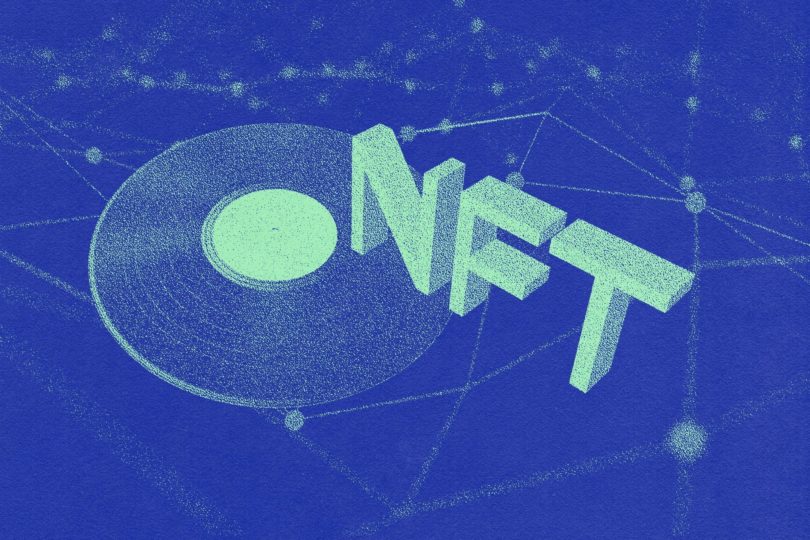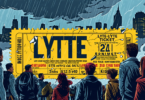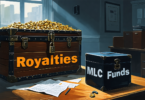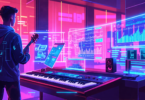Austria July 26, 2021
What our NFT self-experiment showed us is that an NFT is an interesting vehicle which functions well in identifying tangible and intangible goods. The process from tokenisation/minting to execution of the transactions is not entirely simple from a technical point of view, but it is certainly feasible even for non-specialists. The legal questions are in general similar to those that also arise in other online transactions.
Mashene Music, Las Vegas is Offering Companies World Wide Sync Royalty Participation – Join Our Social Media @ LinkTree
We collected some important questions that artists and buyers or collectors of NFTs as well as museums should consider when delving into the world of NFTs.
What should NFT artists consider?
NFTs are not new. But it was not until artists discovered them for their works and generated high returns for NFT art in online sales and auctions that they attracted broad attention worldwide. For artists, the blockchain technology and NFTs offer new opportunities to showcase their works and to reach out to buyers and collectors as well as to museums.
So what are key questions NFT artists should ask?
- Which work do I want to tokenise?
- Am I the sole author of all parts of the work? Or does the work also contain third-party works (music, photos, etc.) for which I have to obtain a licence?
- Have I already granted anyone (gallery, publisher, collecting society, etc.) rights that stand in the way of tokenisation?
- What should the content of the NFT be? Will the work be included in the NFT or will the NFT be linked to the work?
- What further information/data (e.g. information on artist, artwork) should be included in the NFT (or e.g. in a link that is included in the NFT: metadata)?
- Where is the data set of the artwork stored?
- How will the data set be protected from modification, deletion or exchange?
- Should it be freely accessible to the public or only to the respective owner of the NFT?
- Will the data set be transmitted directly to the acquirer of the NFT or made available for retrieval (e.g. for a specified time)?
- Will a physical copy (e.g. a printout, facsimile photo) of the artwork be provided to the acquirer of the NFT?
- Which blockchain/NFT platform do I want to use?
- What smart contract do I want to use? What functions should it fulfil? Does it match the blockchain I want to use?
- Does the smart contract include a function for revenues/remuneration for further sales (e.g. also as a kind of droit de suite/artist’s resale right)?
- Does the blockchain/NFT platform match the artwork stylistically?
- Is this the right platform to address people interested in the artwork?
- Which other artists present their artwork there?
- Is the platform trustworthy?
- Are the platform’s terms and conditions acceptable?
- What are the costs for certain content (i.e. to “save” it on the blockchain)?
- How high is the energy demand (and thus the environmental impact) that follows from a certain content volume?
- What rights should be contained in the NFT (e.g. rights to use and otherwise exploit the artwork that is included in or connected to the NFT)?
- Should the licence be as broad as possible or limited?
These are just some (but important) questions NFT artists should remember to ask when starting the process of creating and minting their artworks as NFTs.
A significant advantage of tokenising an artwork is, that a clear connection between the artist/author and the artwork connected to the NFT can be established (that is ambiguously stored on the blockchain). This could thus facilitate the determination of the provenance of the work and might also increase a work’s value .
What should NFT buyers and collectors examine?
In practice, most NFTs merely represent a piece of art. The NFT may not include the artwork as such, but a link to it.
The artwork that is linked or otherwise connected to the NFT will in general be protected by copyright. The mere purchase of the NFT, however, mostly does not grant the buyer the right to use the artwork in a way reserved for the author, e.g. to post it on his/her own website or on social networks.
What questions should a buyer or collector of an NFT ask?
- Which work/NFT do I want to purchase?
- Is the platform trustworthy?
- Do I know the artist and his/her work?
- What prices have been achieved for the artist’s works so far?
- Do I trust that the NFT will increase in value through a mere investment? Or is the price reasonable for me personally, even if I don’t want to/can’t sell the NFT?
- Who is the seller of the NFT?
- Is it certain (if necessary, e.g. also by asking the artist or a gallery connected to the artist directly) that the NFT is offered with the artist’s consent?
- Is the work already included in the NFT or is the NFT linked to the work?
- What rights are included in the NFT?
- Is the NFT also linked to a licence to use the work (and if so what’s the scope of grant and transfer of rights)?
- How do I want to use/exploit the NFT respectively the work included in or connected to the NFT?
- Do I need an additional licence to use/exploit the NFT?
- Are the general terms and conditions of the platform acceptable?
- What does the blockchain tell me about previous transactions of this NFT?
Again, these are just some (basic but important) questions buyers or collectors of NFTs should consider when purchasing NFT art.
If buyers/collectors want to further (potentially also commercially) exploit the artwork that is connected to the NFT (e.g. by using it as corporate design to identify their company’s products), it is definitely recommendable to try to contact the NFT artist or a gallery connected to the artist directly.
What should museums take into consideration when buying NFT artwork?
Museums worldwide have already or are in the course of extending their art collections with digital art (such as NFTs). This not only because of their educational or cultural mission and even task to collect, conserve, scientifically process and document the testimonies of the past and present and make them accessible to a broad public, but because NFTs are an interesting new genre of digital art
What are key questions a museum should take into consideration when buying an NFT for their collection?
- Which work/NFT do we want to purchase?
- Is the platform trustworthy?
- Who is the seller of the NFT?
- Is it certain (if necessary, e.g. also by contacting the artist) that the NFT is offered with the artist’s consent?
- Is the work already included in the NFT? Or is the NFT linked to the work?
- What rights are included in the NFT?
- Is the NFT also linked to a licence to use the work (and if so what’s the scope of grant and transfer of rights)?
- Does the work also contain third-party performances (music, photos, etc.), so that third-party rights could exist?
- Is it ensured (if necessary, e.g. also by contacting the artist) that the seller of the NFT has all the necessary rights to grant the licence?
- Does the licence cover all the uses that the museum requires?
- Do we also need an additional licence to use/exploit the NFT?
- Are the general terms and conditions of the platform acceptable?
- What does the blockchain tell us about previous transactions of this NFT?
Conclusion
For artists, the blockchain technology offers new opportunities to showcase their works and reach out to new collectors. For collectors and museums, NFTs are a reasonably new form of digital art.
It can be assumed that NFTs in the art market are just one exciting way of “using” NFTs and that the issues around tokenisation and digital assets will also find further use, for example for investments in equity derivatives, crowdfunding initiatives or perhaps even for real estate transactions. The disproportionately high energy consumption for transactions in the blockchain should, however, be looked into and (hopefully also) resolved (for more in this respect see our LegalInsight “NFTs: What about energy and climate issues?”).
Please note that although these lists of questions give an overview of what should be asked when considering the NFT realm from the perspective of an artist, buyer or museum, they are not exhaustive.
Source: Lexology.com







